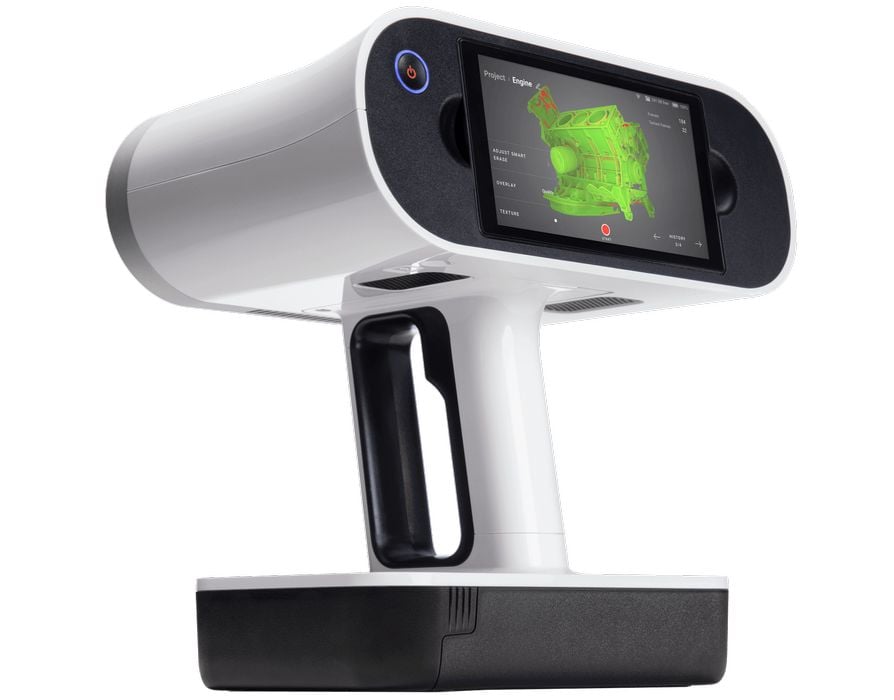
Artec 3D announced the 2022 Leo handheld 3D scanner, which seems to be vastly improved over the previous model.
Handheld scanners would at first seem to be a convenient piece of hardware: just wave them around a subject and you’ve got yourself a quality 3D model. However, that’s rarely the case as there are many different factors involved, and the result is that any type of 3D scanning can be challenging.
The latest Artec 3D scanner, the 2022 Leo, has quite a few very intriguing updates. Fabbaloo readers may recall we did a three part hands-on review of the Leo last summer. The device was quite impressive, and we found it produced excellent scans with only limited training and effort.
Like the earlier model, the 2022 Leo does not require ANY cables during scan operations. I point this out because cable management is a complex matter during scanning, and often requires a second person present to handle cables. Have you ever watched a sports event where the camera person has an assistant trailing behind with the cables? That’s what happens with most handheld 3D scanners, but not with the Leo. It’s a tremendous convenience.
What’s new with the 2022 Leo? Let’s take a look.
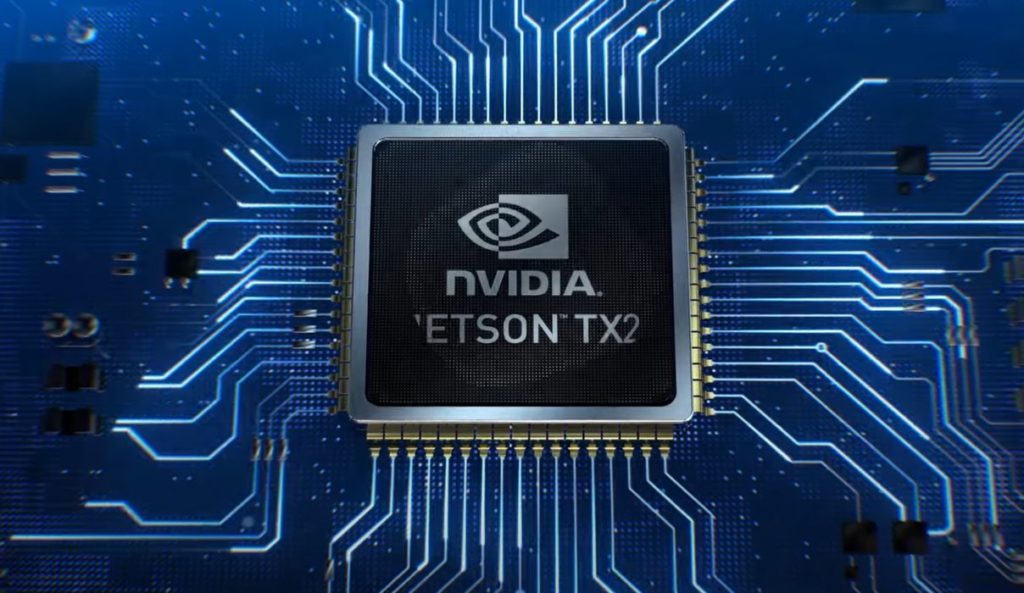
The most important upgrade is that the system now can produce scans with greater accuracy. This is due to the inclusion of an NVIDIA Jetson TX2 processor and multi-core processing software. Evidently this hardware provides the 2022 Leo with double the processing capacity. Artec 3D said:
“The 2022 Leo is the most powerful and user-friendly wireless handheld 3D scanner on the market.”
I don’t doubt it. During our testing of the earlier Leo we noted that the company has put special emphasis on the software aspects of 3D scanning, which are as, if not more, important than the scanning hardware itself. It looks like the 2022 Leo leverages this new hardware with upgraded AI software to provide more precise results.
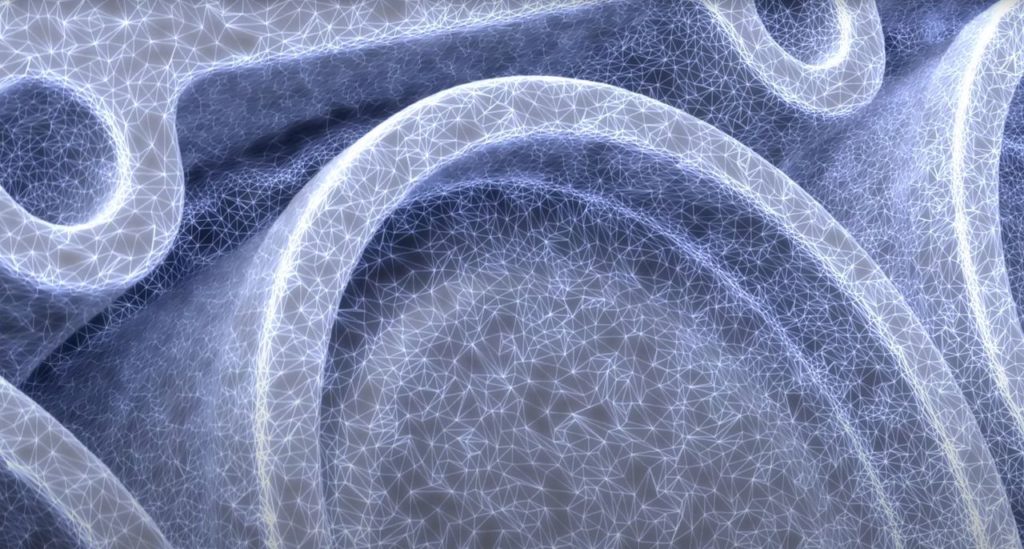
The 2022 Leo includes a new “auto temperature control” feature. This feature allows the device to automatically manage its own operating temperature, which can otherwise increase during scanning. If this were to happen, the quality of the scan could be slightly compromised, and the new temperature control will prevent this and also contribute to scan accuracy.
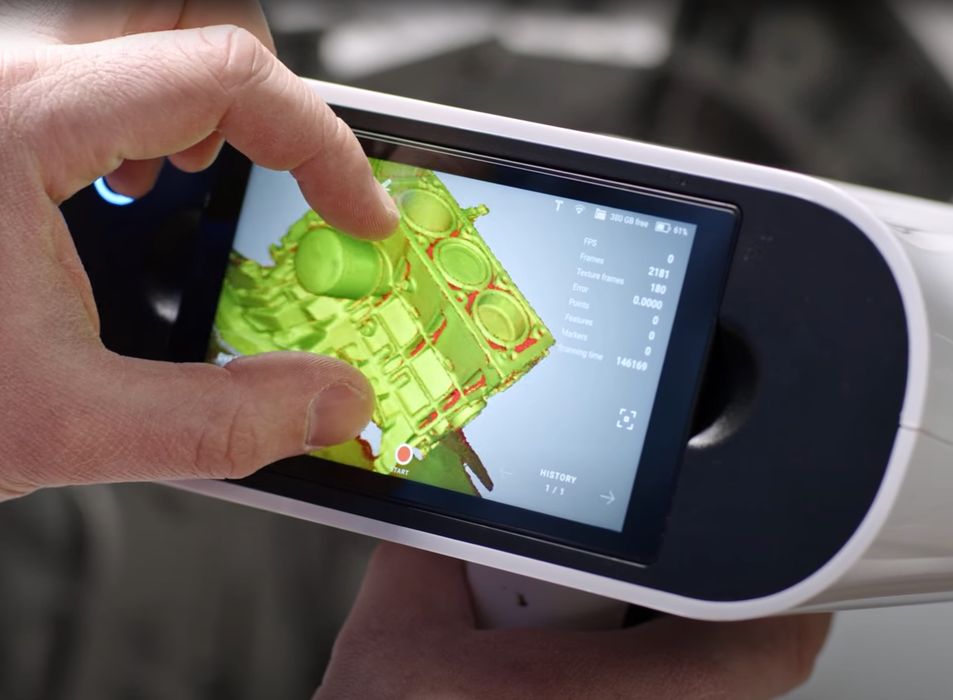
Artec 3D has taken some interesting steps with this increased software precision. They’ve included a new style of calibration kit that enables operators to highly tune the device before scanning to ensure it is at an optimal level to match current lighting and temperature conditions.
They’ve wrapped all these quality features together in yet another new feature: calibration certificates. This is a printed document that records the tombstone information of the scan operation, as well as the median error value for a number of critical scan factors.
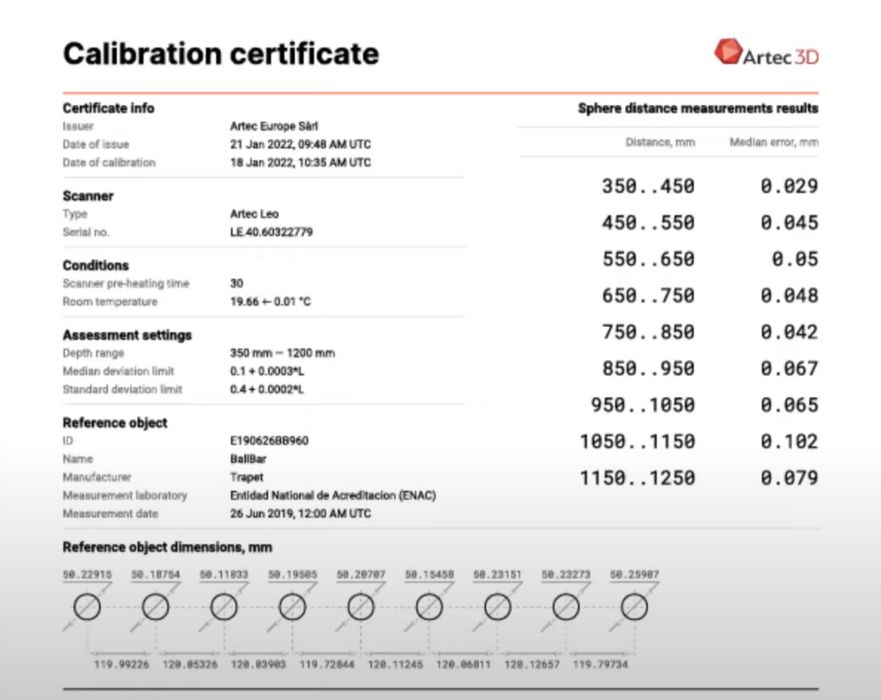
The calibration certificate could be of great use in certain industrial situations, and as such could lead to additional commercial sales of the 2022 Leo.
Another interesting upgrade is an improved sensitivity to color textures. The 2022 Leo can actually dynamically update its scanning brightness level to obtain more accurate color results. Importantly, they have managed to reduce the color texture file size by half, which should dramatically speed up the otherwise lengthy process of texturing during post-scanning activities.
The 2022 Leo is certainly one of the most powerful handheld 3D scanning options on the market today, and is a product that should be considered by industry.
Via Artec 3D
